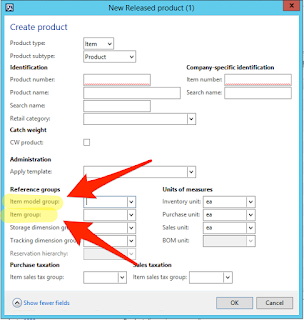While preparing for an installment of the AX for Dummies series regarding Sales and Purchasing Agreements in AX, I came up with what I thought was a pretty good idea that may seem a bit unorthodox but can solve a simple company problem! Stop me if you've heard this before.
Typically when you think of sales agreements, you think of a contract set up between a customer and a supplier. You are offering a good or service at a certain price if they commit to buy a certain quantity or dollar amount before the agreement expires. These are easily set up in AX and can provide great value in tracking the status of a contract with a customer/vendor.
Now, consider the issue of tracking employee sales within your company. This is something that can get out of hand if not managed properly. What if we could use Sales agreements in AX to track and manage these?
For example, company X allows their employees to buy their product at cost. But company X only wants to sell 500 pieces of this product as employee sales per year. Set up a sales agreement! Every time an employee purchases this product at cost, create a release order against the sales agreement and see the total on the agreement decrement until it reaches zero and the agreement has been fulfilled. With a little bit of knowledge, you can easily make this idea a reality in your company.
Creating a Sales agreement in AX

